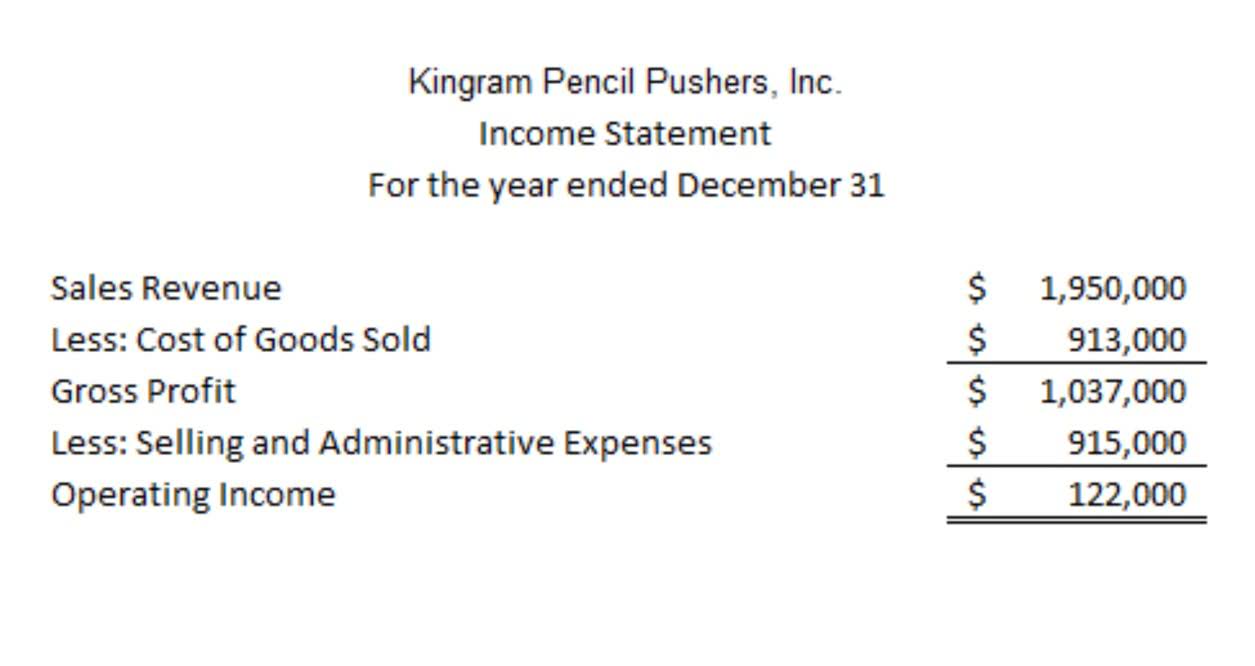
The 5A uses only packaging sleeves as its direct material, while other types contribution margin may also include nylon, felt, and/or the ingredients for the proprietary handgrip. Direct labor and manufacturing overhead are used to test, weigh, and sound-match the drumsticks into pairs. During a month, Company B has a total cost of $55,000 in direct labor and $66,000 in factory overhead costs.
10 Conversion Costs
- By implementing these strategies, businesses can maximize their return on investment and achieve sustainable growth.
- In manufacturing, conversion costs are the expenses incurred to convert raw materials into finished goods.
- Conversion Costs can be defined as the aggregated costs that include direct labor, and manufacturing overhead costs.
- But, if you need a detailed idea about conversion costs, how they differ from prime costs, their examples, advantages, and others, then this is the right article for you.
Businesses need to set prices that not only cover conversion costs but also ensure profitability and competitiveness in the market. Going beyond conversion costs the average, break down Cost Per Conversion by various parameters such as by channel, period, or customer segment. For example, analyzing Cost Per Conversion monthly or weekly reveals patterns that influence its performance.

Components of Conversion cost
In manufacturing, conversion costs are the expenses incurred to convert raw materials into finished goods. This calculator helps you estimate the conversion costs by considering labor and overhead costs. In this section, we will delve into the concept of Conversion Cost Variance and explore how it can be measured and analyzed.
3.1 Weighted Average Equivalent Units (STEP #

Knowing how to distinguish between prime and conversion costs is vital for cost allocation, controlling wastage, and setting appropriate product prices. Businesses use these concepts for accurate cost sheets and efficient operations. Therefore, a conversion cost of $4.32 is spent for manufacturing every unit of furniture in the XYZ furniture company. The per-unit cost is important for determining the sale price through product-price models and obtaining a decent profit margin. By understanding the conversion cost, manufacturers can better analyze their production efficiency and determine the pricing strategies for their products.

The difference between prime costs and conversion costs
One of the key concepts in accounting for manufacturing businesses is the cost of conversion. This refers to the total amount of direct labor and manufacturing overhead costs incurred to transform raw materials into finished goods. The cost of conversion is an important component of the cost of goods manufactured, which is the total cost of producing the goods that were sold during the period. However, the cost Accounts Payable Management of conversion is not the same as the cost of goods manufactured, as there are some differences and similarities between them. In this section, we will explore these differences and similarities in more detail and provide some examples to illustrate them.
